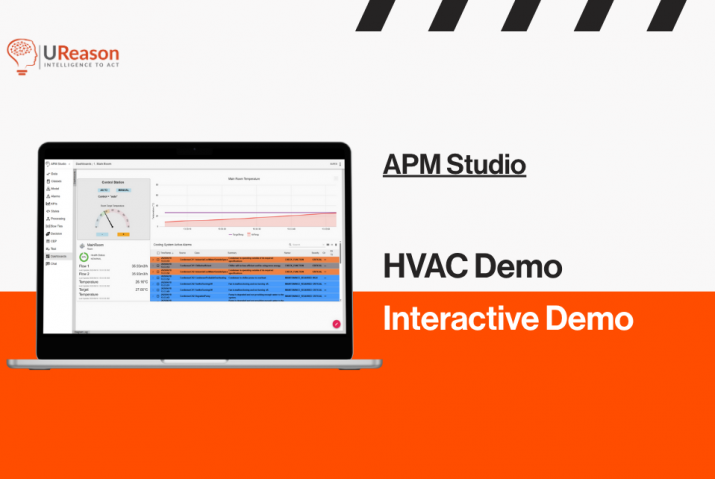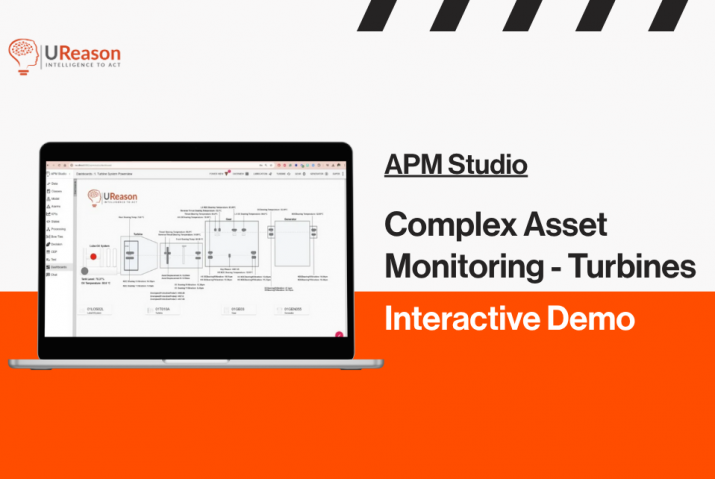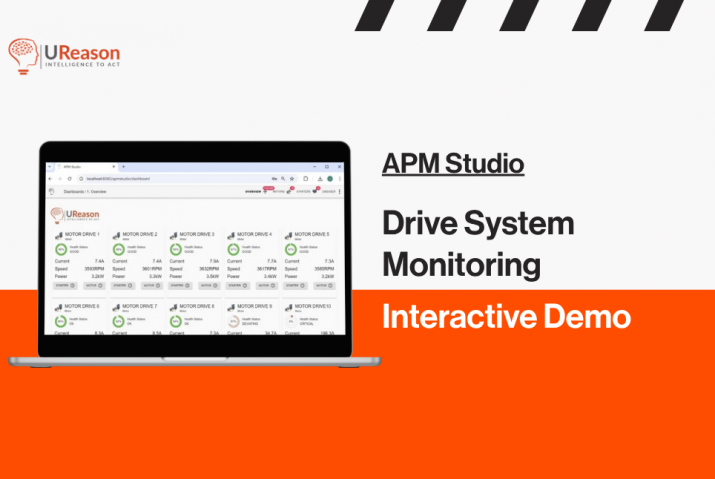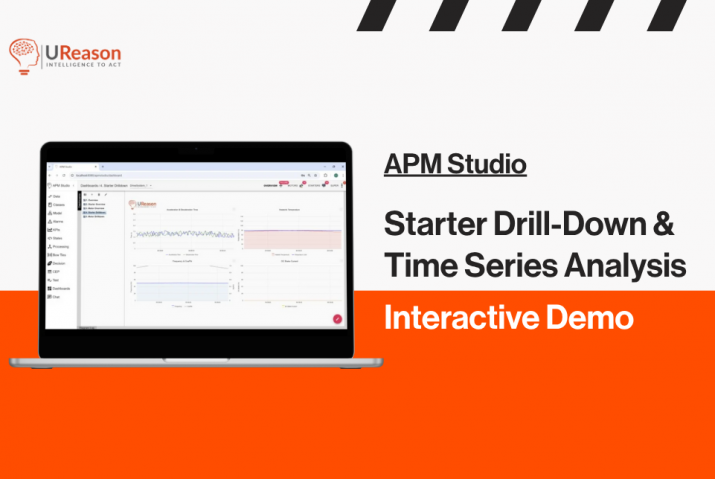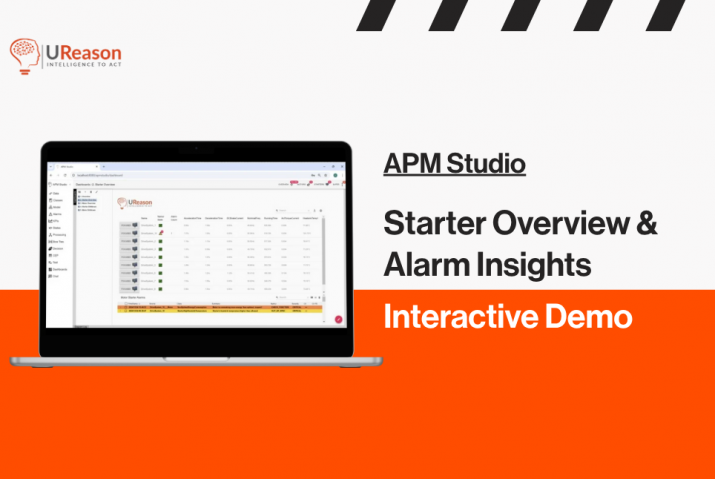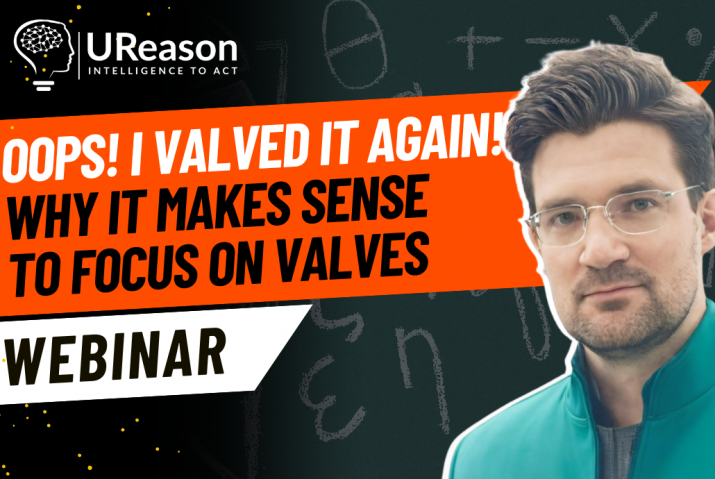Advanced Process Control (APC) plays a crucial role in process optimization by leveraging advanced control strategies and algorithms to improve process efficiency, product quality, and overall performance. Whether you are using Aspen’s DMC Plus, Honeywell’s Profit Suite or other APC solutions. Now control valves are essential components in APC systems, as they are responsible for modulating the flow of fluids or gases to achieve the desired process objectives.
Here’s how control valves contribute to process optimization within an APC framework:
1. Precise Control:
- Control valves play a fundamental role in implementing precise control actions dictated by APC algorithms. They regulate flow rates, pressures, temperatures, or other process variables to maintain desired setpoints and optimize process performance.
2. Dynamic Response:
- Control valves with fast and accurate response characteristics are essential for effective implementation of APC strategies. They enable rapid adjustments to process disturbances and setpoint changes, allowing the APC system to maintain tight control over process variables.
3. Manipulation Variables:
- In APC systems, control valves often serve as manipulation variables that the controller adjusts to optimize the process. By modulating the flow of process fluids, control valves influence key process variables and enable the APC system to achieve desired process objectives, such as maximizing throughput, minimizing energy consumption, or meeting quality specifications.
4. Constraint Handling:
- Control valves help manage constraints within the process by adjusting flows to avoid violations of operating limits or equipment constraints. APC algorithms utilize control valve manipulation to optimize process operation while ensuring that constraints are respected.
5. Multivariable Control:
- In complex processes with multiple interacting variables, multivariable control strategies implemented through APC systems coordinate the actions of multiple control loops, often involving several control valves. This coordinated control enables optimization of overall process performance while considering interactions between different process variables.
6. Adaptive Control:
- Some APC systems incorporate adaptive control algorithms that continuously adjust control strategies based on changes in process dynamics or operating conditions. Control valves play a critical role in implementing these adaptive control actions, allowing the APC system to adapt to variations in process behaviour and maintain optimal performance.
7. Integration with Process Models:
- APC systems often utilize dynamic process models to predict process behaviour and optimize control strategies. Control valves help implement the control actions recommended by these models, facilitating the integration of predictive modelling with real-time control to achieve process optimization objectives.
8. Optimization Objectives:
- Control valves contribute to achieving optimization objectives such as maximizing production rates, minimizing energy consumption, reducing raw material usage, or meeting quality targets. By modulating process flows in response to control signals from the APC system, control valves help optimize the process according to these objectives.
Overall, control valves play a central role in implementing APC strategies for process optimization, enabling precise control actions, constraint handling, multivariable control, adaptive control, and integration with process models. This is why you should implement a program to continuously evaluate control valve performance. This is where the Control Valve App helps you by identifying positioner calibration issues but also evaluate controller performance. By effectively utilizing control valves within an APC framework, industries can achieve significant improvements in process efficiency, product quality, and operational performance.
